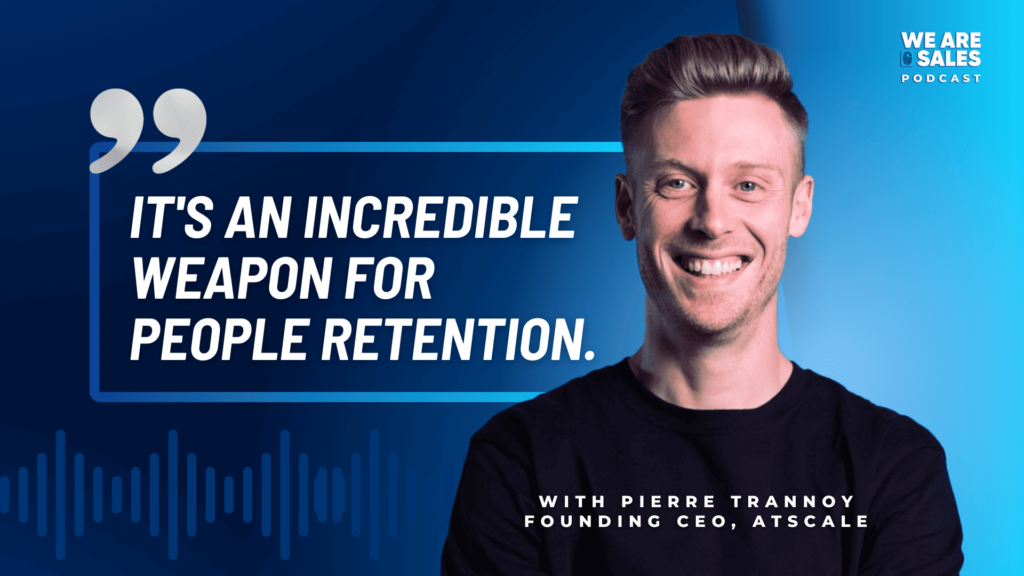Share:
Why you need Individual Development Plans (IDPs) and what they are

Imagine stepping into the role of Head of Sales only to witness your team’s target achievement plummet to a mere 50%. 😰
“I had been waiting for years to take on this position. Then, when I finally did, I essentially screwed up,” admits Pierre Trannoy, former Head of Sales at Criteo.
However, don’t pity Pierre; his story has a great ending! Through determination and strategic changes, he managed to boost his team’s achievement to an impressive 270%.
Listen to our discussion with Pierre here, or read along to get how Pierre introduced Individual Development Plans (IDPs) in the transformation.
Want more articles like this one directly in your mailbox?
Our discussion is an essential listening for a multitude of reasons: from crisis management and team restructuring, to profound insights on cultural fit and golden tips for assembling an A-team. However, personally, I got most intrigued by Pierre’s introduction of Individual Development Plans.
“The IDP program is an initiative that every company should do, even smaller company. On the one hand, it helps your team members improve on things they want to improve on. On the other hand, it’s a strong weapon in terms of people retention.”
Let’s delve into the topic.
To start of, IDPs are most effective after the individual has completed their probation period and fully onboarded, typically around the six-month mark.
“This is something I will put in place once the probation period is done. Often only after 6 months. However, I would use these first months to build the initial plan. For example, some people are quick in understanding the product and the technology, but a bit slower regarding the sales process. Then I’d know to focus on that in the IDP.”
Let’s talk about what such an IDP looks like:
“We would consistently select 2 or 3 key topics to focus on each quarter and diligently monitor the progress. Each goal would be ‘SMART’ — specific, measurable, achievable, relevant and time-bound. Next, we would ensure a clear path for tracking over time.”
So, essentially, the core purpose of implementing Individual Development Plans is to tailor a personalized and customized approach for each team member.
Remark that it is therefore crucial to assess effectively where the skill gaps are. However, Pierre pointed out that he would not exclusively look at the weaknesses:
“We also pay attention to the strengths because I’ve always believed that the more you work on your strengths, the more you will also be able to capitalize on what you truly excel at, which can lead to a greater impact.”
How do you build a culture of continuous improvement and development within the sales team?

